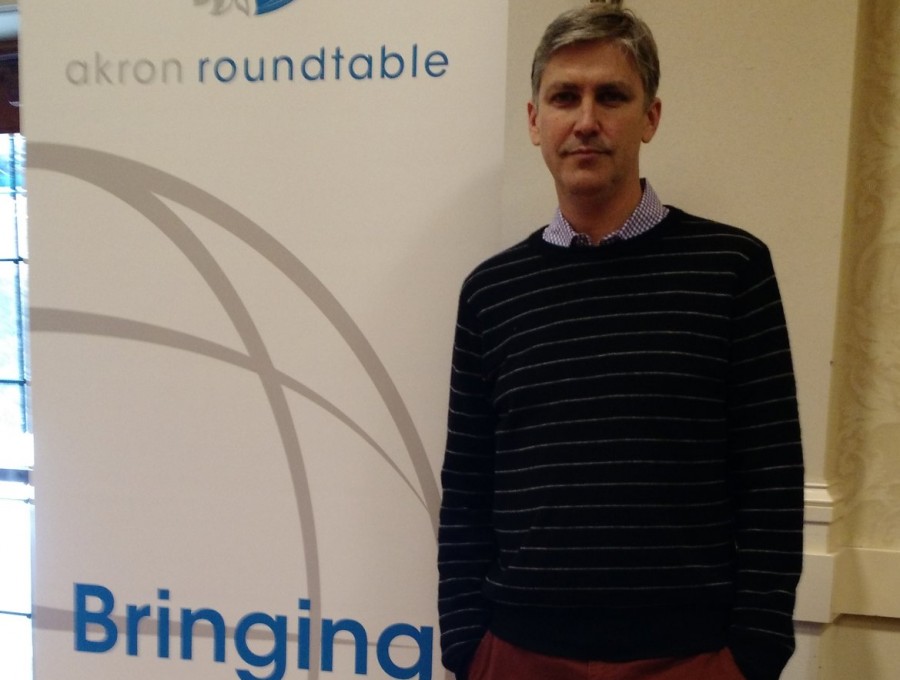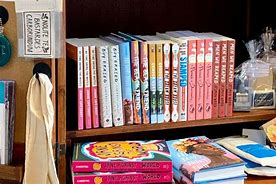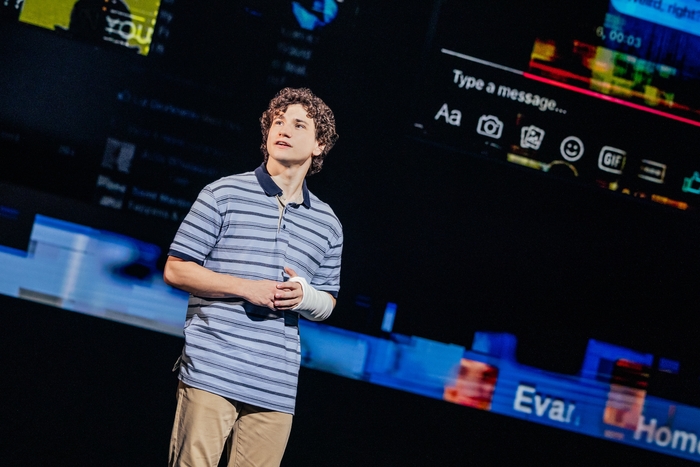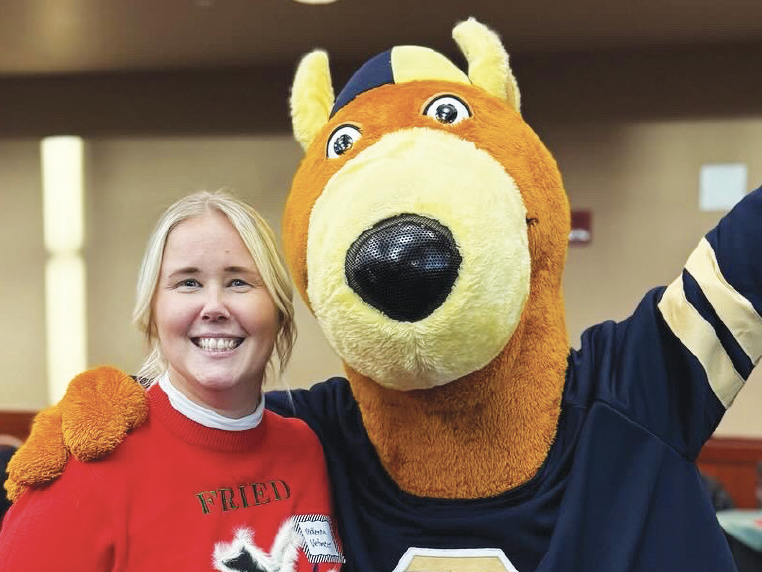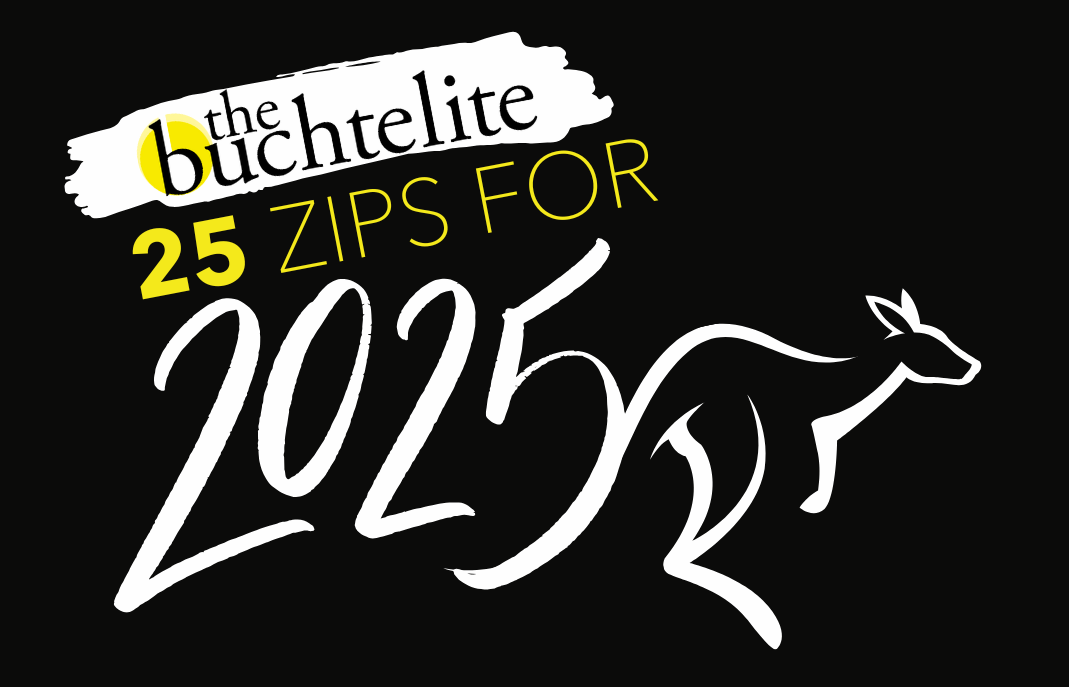PBS host speaks on innovation
Steven Johnson spoke at the Akron Roundtable luncheon.
January 29, 2015
Named by Prospect magazine as one of the “top ten brains of the digital future,” author Steven Johnson spoke for an Akron Roundtable luncheon on Tuesday, Jan. 27 at 12 p.m. in Quaker Station.
Johnson is the host of the six-part PBS series “How We Got to Now,” which explores the history of great ideas and the innovations that came along with them. He is also the author of nine books including the best-selling “How We Got to Now: Six Innovations That Made the Modern World.”
Johnson’s lecture, “Lessons from History’s Unsung Innovators,” took his audience on a journey through time. He began with the invention of glass.
Glass became a huge economic driver for Venice and started influencing its society. About 100 years later came the invention of the printing press. Mass literacy showed many people that they were farsighted—they couldn’t read the words in front of them. Because of this, lens makers started to flourish around Europe; people started manipulating glass and making lenses. More experimenting led to the invention of the telescope and the microscope.
The invention of glass also gave rise to the selfie, explained Johnson. Before mirrors were invented, there was almost no way to know what you looked like. Almost immediately, artists like Rembrandt began using mirrors as a tool for art, obsessively creating self-portraits with paint.
“Because of the revolution in glass, these Renaissance masters invented the selfie,” Johnson said. “Next time you take a selfie and post it on Instagram, remember you’re in the legacy of Rembrandt.”
Although glass may not be viewed as advanced technology, it played an important role in innovation. Another important idea that Johnson discussed was that of blind spots.
Johnson explained blind spots as when someone can’t see obvious things because they are so engaged in doing something new. His example was of the story of a French inventor named Édouard-Léon Scott de Martinville who created the first device to ever record audio. The invention, called the phonautograph, captured sound waves and etched them on a page; however, we don’t hear about this inventor because he omitted the key feature of playback. Playback never occurred to the inventor because it was in his blind spot.
“One of the key ways to avoid this problem is precisely to surround yourself with people who are different from you in some way; who have different perspectives; who come from different fields of expertise,” Johnson said.
Johnson added that if the French inventor had someone else working on the project with him—a musician or someone outside of his proficiency—then maybe he would have been able to invent the phonograph that came 20 years later rather than have his invention die off.
“It’s not the kind of traditional, multicultural argument for diversity—although it is a very important one—it’s not an argument about tolerance in society. It’s an argument about making organizations, making teams, making communities smarter,” Johnson said.
Johnson said there are many studies which show that more diverse groups—in terms of intellect, culture, gender, etc.—tend to be more creative in their problem solving because they have more perspectives.
“It’s that movement across intellectual and experiential borders that so often triggers new ideas and sets of emotion,” Johnson said.
College students, according to Johnson, are in the perfect environment to fabricate new ideas because they are surrounded by people with different interests, backgrounds, majors and other diversifying factors. He suggested interacting with all kinds of people to see our ideas grow to their full potential.
“Trust in the power of curiosity to take you to interesting places,” Johnson said.
The topic for the next Akron Roundtable luncheon is “Biomimicry and NEO: creating conditions for place-based innovation inspired by nature.” It will be held at Quaker Station on Feb. 26 at 12 p.m. Visit www.akronroundtable.org for more information.


